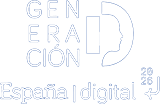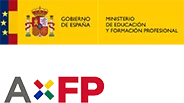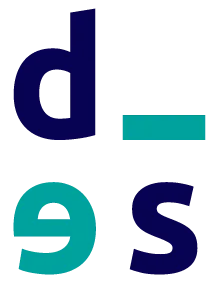30/01/2020
Attention span is more important than IQ. And according to some studies it is decreasing. Specifically, that of the generation known as millennials is 8 seconds, less than that of a goldfish.
In 2015, there were 154 million university students in the world. By the year 2025 there will be 262 million, and it is not possible to build a university every two days, the rate that would be necessary to absorb this demand with traditional means.
Big Data and Data Analytics that already exists today allows us to know in advance which student is going to fail and put means to avoid it before it happens.
All these realities pose new education models and platforms to complement and in some cases replace the current ones, some of which are stagnant in time and with little flexibility to respond to the challenges of the labor market, which does not find workers with the necessary skills to fill certain positions, especially in the digital sector.
This was explained by Lucía Figar, former Minister of Education of the Community of Madrid and Chief of Corporate Innovation at IE University, in the latest edition of ‘Las mañanas del Mañana’, the breakfast colloquium organized by DigitalES on technological disruption in education.
The engineer also reviewed some of the tools and platforms created to meet these new challenges in different parts of the world, which have in common the digitization and commitment to new technologies. We highlight some of the most important ones.
1. Coursera
This platform was created in 2011 and already has 38 million students. It is a website where you can view course content (videos, texts and assignments) from educational institutions around the world.
Its success lies in the fact that the best universities in the world have chosen this platform to post their online content, ranging from courses on machine learning or algorithms, to the most demanded at Yale, how to manage happiness.
2. Udacity
This platform has created the ‘nanodegrees’, a very descriptive concept to train its students in what the industry needs, an engineer for driverless cars or one specialized in Artificial Intelligence.
They develop their programs on the basis of agreements with the industry, always in response to its needs, and are very concentrated in time. If you finish the course on time you get half of the amount back and if you don’t find a job you get all the money back.
«They do it,» explained Lucía Figar, «because they know that whoever finishes finds a job right away.
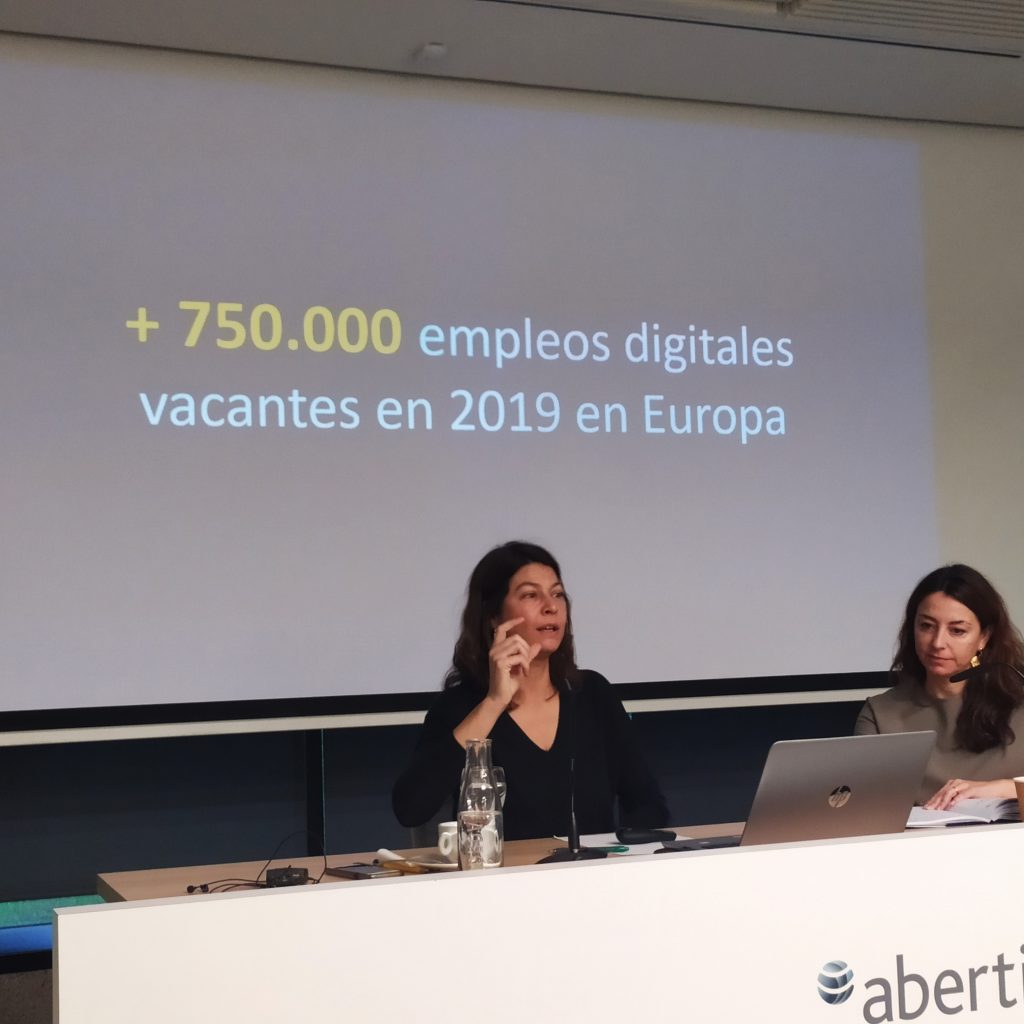
3. Lynda
Lynda is a very old platform, created in 1985, when its author started uploading very basic tutorials. Today it has more than 1,500 educational ‘how-to-do’ videos and its popularity led to it being bought by LinkedIN for $1.5 billion in 2015.
Although it is now called LinkedIN Learning, it maintains all the essence of Lynda’s courses, offering its users the possibility of learning at their own pace through the different tools offered by this virtual academy.
4. Babbel
Babbel is an online language learning software. The platform has been available in several languages since January 2008. There are currently 14 languages to learn.
5. VIP Kid
Although in other parts of the world there are even too many of them, in China there are not enough English teachers. With this learning platform, Asians can take classes from teachers from the United States or Canada who are not required to have a degree, only that they can speak English.
The platform offers more than 5 million lessons per month and has 100,000 teachers and 700,000 students.
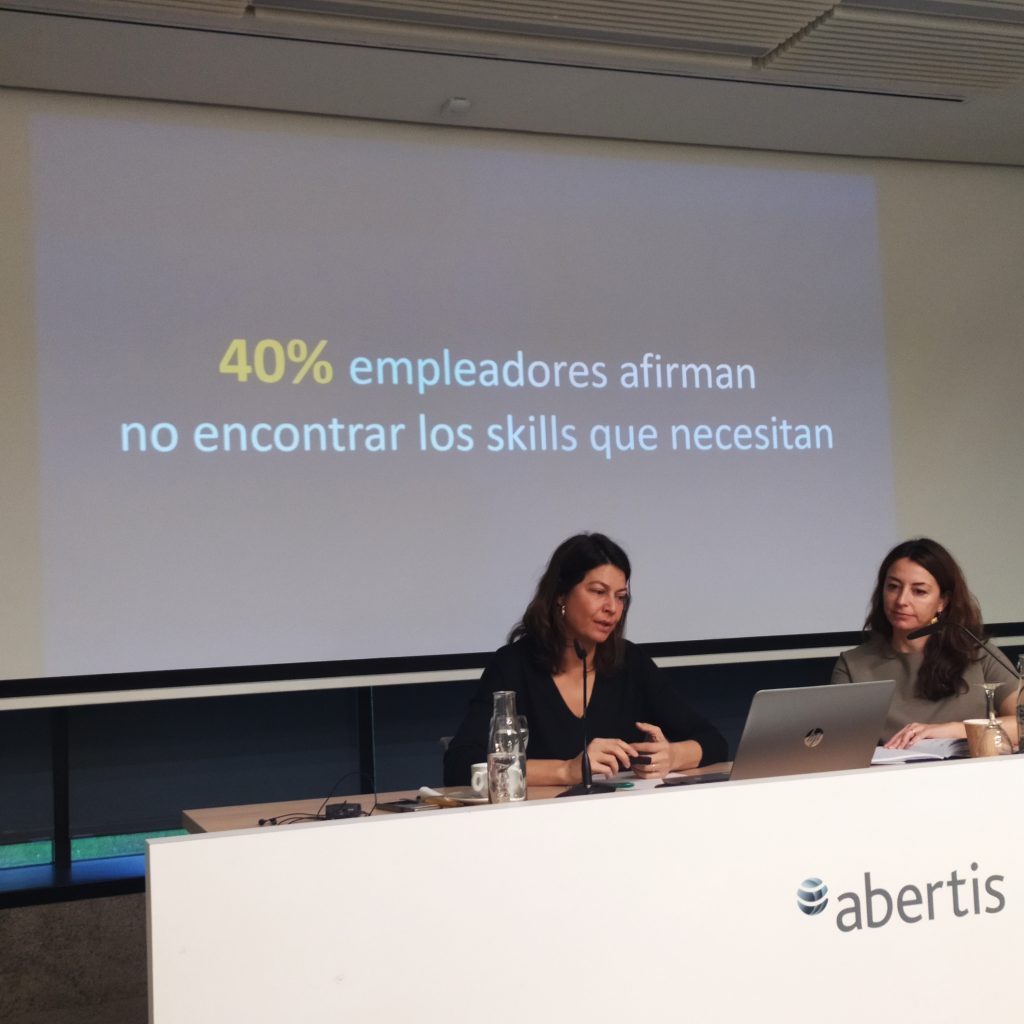
6. Bridge Academics
It proposes schooling students in Africa for six dollars a month. This solves two problems: teacher absenteeism and low teacher qualifications.
In some countries there is up to 40% absenteeism of teachers, who do not attend classes, something that this platform solves with tablets and GPS.
In terms of qualification, teachers are trained for three months and receive a fully detailed class with support material.
7. EdX
It is a massive open online course platform based on open source software. It was founded by the Massachusetts Institute of Technology and Harvard University in May 2012 to host university-level online courses from a wide range of disciplines at no cost, in order to foster research and learning.
Today it offers more than 2,500 online courses from more than 140 institutions, including some Spanish institutions such as the Universitat Politècnica de Valencia, the Universidad Carlos III and the Autónoma de Madrid.
You can watch Lucía Figar’s complete talk in this video:




